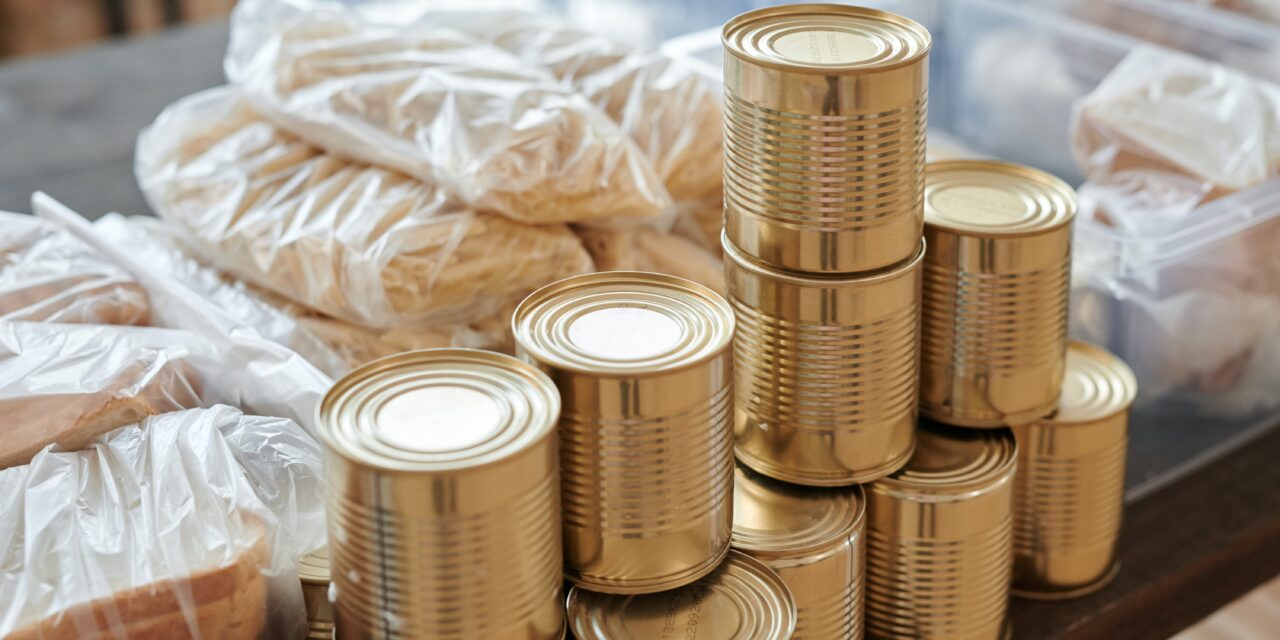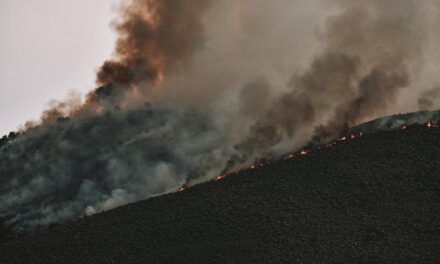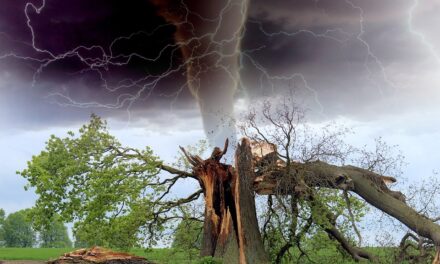In the face of uncertainty, preparedness is not just a measure of survival; it’s a statement of resilience. The concept of an emergency essentials list transcends the basic checklist of survival gear; it’s about equipping yourself and your loved ones with the tools, knowledge, and resources to face any crisis with confidence. This in-depth guide delves into the cornerstone of preparedness, highlighting a comprehensive emergency essentials list that covers all bases, from natural disasters to unforeseen personal emergencies.
Creating an emergency essentials list is a proactive step towards safeguarding your well-being and ensuring you can navigate through challenging times. It’s a dynamic process that involves regular review and updates, tailored to your specific needs, location, and potential risks. Whether it’s a sudden natural disaster, a power outage, or a medical emergency, having a well-thought-out list can make all the difference in the world.
This article will explore the critical components of an emergency essentials list, including must-have items, expert insights on prioritization and customization, and practical tips for storage and maintenance. Our goal is to empower you with the information and confidence to assemble an emergency kit that is not just a collection of items but a lifeline in times of need.
Preparedness is more than just having supplies; it’s a mindset of vigilance, adaptability, and foresight. As we delve into the essential elements of an emergency essentials list, remember, the most powerful tool at your disposal is knowledge. Armed with the right information and resources, you’re not just surviving; you’re thriving, regardless of what life throws your way. Join us as we outline the ultimate emergency essentials list, ensuring you’re prepared for any situation.
Diving Deeper: Key Components of Your Emergency Essentials List
Water and Hydration Solutions
Water is the essence of life, especially in emergency situations. The recommended supply is at least one gallon of water per person per day for at least three days. This supply should cover both drinking and sanitation needs. Consider including water purification tablets, a portable water filter, and a collapsible water container to ensure you can secure clean water beyond your stored supply.
Food: Non-Perishable and Nutritious
Stock up on non-perishable food items that require no refrigeration, preparation, or cooking. Choose high-energy, nutritious foods like ready-to-eat canned meats, fruits, vegetables, protein bars, and dry staples such as rice or beans. Remember to consider any dietary restrictions and to rotate these supplies to maintain freshness.
First Aid Kit: Comprehensive and Customized
A well-stocked first aid kit is indispensable. Beyond the basics—bandages, antiseptics, and pain relievers—include prescriptions, contact lenses and solutions, and any specific medical supplies you or your family might need. Regularly check and replenish your first aid kit to keep it ready for use.
Tools and Equipment: Multipurpose and Durable
Incorporate tools that serve multiple purposes, such as a Swiss Army knife, a manual can opener, a flashlight with extra batteries, a solar-powered charger, and a hand-crank radio for weather alerts. A sturdy pair of shoes and protective clothing should also be included to navigate through challenging terrains and conditions.
Shelter and Warmth: Adaptable and Efficient
Emergency shelter options like a lightweight tent or space blankets can protect against the elements. Pack additional supplies for warmth, such as wool blankets or sleeping bags, especially in areas prone to cold weather. Portable heat sources, safe for indoor use, can also be a valuable addition.
Personal Documents and Cash
Keep physical copies of important documents—identification, medical records, insurance policies, and bank account statements—in a waterproof container. Cash, in small bills, can be crucial if ATMs are not operational or if electronic payment systems are down.
Expert Insights on Optimizing Your Emergency Preparedness
Preparedness experts emphasize the importance of tailoring your emergency essentials list to your specific needs and circumstances. Here are key insights:
- Regular Reviews: Update your emergency essentials list and kit regularly to adapt to changing needs and to replace expired items.
- Practice and Familiarity: Regularly review how to use the items in your kit. Practice emergency drills with your family to ensure everyone knows what to do.
- Location-Specific Supplies: Consider the unique challenges posed by your location—be it flood zones, earthquake-prone areas, or extreme weather conditions—and adjust your list accordingly.
- Community Resources: Familiarize yourself with local emergency shelters, medical facilities, and community emergency response plans to complement your personal preparedness.
Building a comprehensive emergency essentials list is a foundational step towards ensuring you and your loved ones can face unexpected situations with confidence. By considering these key components and expert insights, you’re not just preparing for emergencies; you’re investing in peace of mind.
Summary and Proactive Steps Forward: Finalizing Your Emergency Essentials List
Creating and maintaining an emergency essentials list is a proactive approach to ensuring safety and preparedness in the face of unforeseen challenges. This article has outlined the critical components of an effective emergency kit, including water and hydration solutions, non-perishable food items, a comprehensive first aid kit, multipurpose tools and equipment, adaptable shelter and warmth supplies, and the importance of having personal documents and cash on hand. Tailoring these recommendations to fit personal needs, location-specific risks, and ensuring all family members are familiar with the emergency plan are pivotal steps in enhancing your preparedness level.
Essential Takeaways for Achieving Preparedness:
- Customize Your Kit: Adapt your emergency essentials list to reflect personal needs, considering factors like family size, medical conditions, and geographical location.
- Stay Informed: Regularly update your knowledge on emergency preparedness, including local risks and resources, to ensure your planning is current and comprehensive.
- Engage and Educate: Involve all family members in the planning and preparation process, ensuring each person understands their role and the use of each item in the emergency kit.
- Review and Revise: Schedule regular reviews of your emergency essentials list and kit contents, replacing expired items and making adjustments as necessary.
Preparedness is not a one-time task but an ongoing commitment to safety and resilience. By taking the steps outlined in this guide, you’re not just preparing to survive; you’re ensuring that you and your loved ones can navigate emergencies with confidence and security. The peace of mind that comes from being well-prepared is invaluable, and it empowers you to face any situation with strength and clarity.
As we conclude this exploration of emergency essentials, remember that the journey to preparedness is both personal and communal. Sharing knowledge, experiences, and resources within your community can amplify the benefits of preparedness, creating a network of support and resilience that extends far beyond individual efforts. Together, we can face the uncertainties of the future, fortified by the knowledge that we are prepared for whatever may come.








